Arizona is a young state that achieved statehood only in 1912. It was the 48th state to be admitted to the union. The cities and towns in this state are also relatively young compared to other US cities. However, some of the cities and towns, now a part of Arizona, are more than a century old.
Without official census data, it is often difficult to determine when a city or a town was actually founded. The places where these cities are now located were once home to the Native Americans. In some cases, they left the area due to a natural calamity or the spread of disease. However, most often, they were driven out by the settlers.
Usually, the time when the first settler arrived at the place and built construction is considered the beginning of a town. However, sometimes they were officially incorporated years later.
Here, we list 8 of the oldest towns in Arizona. We made this list based on the date of official incorporation.
8. Flagstaff
Incorporated: 1894
County: Cocnino
Area: 66.03 sq mi
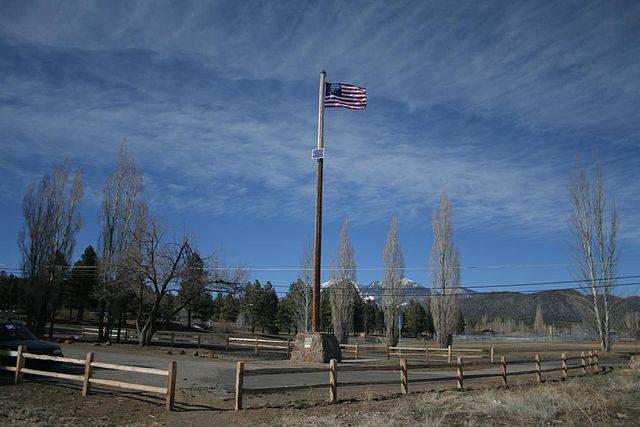
The first White settlement within the boundaries of present-day Flagstaff was a saloon opened by Edward Whipple in 1871. The area had a wagon road to California, and Whipple opened the saloon.
Five years later, the first permanent settlement was established in the area by Thomas F. McMillan. He built a cabin to reside in this area and develop the town. During the following decade, the town began to flourish and soon became one of the largest cities in the area. In 1888, McMillan opened a bank and a hotel in a previously-built unfinished building. It came to be known as the Bank Hotel.
In 1891, Coconino county was created, and three years later, Flagstaff was incorporated as a city.
Today, Flagstaff boasts a rich cultural heritage and has become a hub for scientific research. It is home to several well-known institutions, including Northern Arizona University, Lowell Observatory, and the USGS Astrogeology Science Center.
Did you know?
The dwarf planet Pluto was discovered at the Lowell Observatory in Flagstaff.
7. Nogales
Incorporated: 1889
County: Santa Cruz
Area: 20.82 sq mi
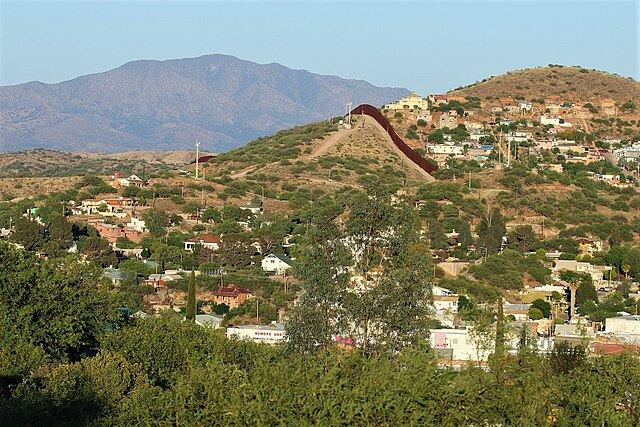
In 1841, the settlement of Nogales was founded by the Elías family. They got the land from the Mexican Government. Twelve years later, it was ceded to the United States of America through the Gadsden Purchase. The first trading post was built in 1880, and a post office was opened in 1883. The town was officially incorporated in 1880.
In the early 20th century, Nogales became an important trading center due to its location on the Mexico-US border. During the Mexican Revolution, the city experienced several outbreaks of violence and was the site of many battles.
Today, Nogales plays a critical role in transborder trade and houses four international ports of entry. It is estimated that around $30 billion worth of international trade enters the country through Nogales.
Did you know?
During the mid-20th century, Nogales faced a severe crisis due to drug trafficking and smuggling. However, the city could successfully tackle the issue by implementing stricter border security measures.
6. Jerome
Incorporated: 1889
County: Yavapai
Area: 0.79 sq mi
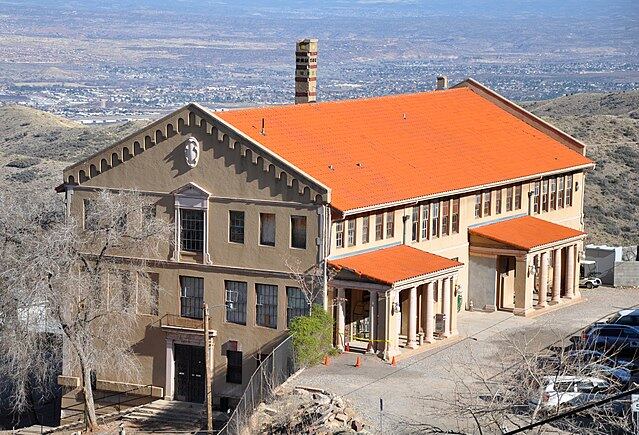
Jerome is a tiny town with less than 500 population, located on Cleopatra hill. In 1883, the United Verde Copper Company built a small mining camp with a smelter in Jerome.
It was named after Eugene Jerome, the secretary of the company. However, by late 1884, the company stopped operating in the area as the price of copper fell dramatically.
In 1888, William A. Clark bought the company’s properties and renewed operation. He enlarged the smelter and expanded the mining operation. In ten years, the population of the town grew ten times.
The city was officially incorporated in 1889, and by the end of the century, it became the leading copper producer in the region.
Did you know?
Jerome has now become a ghost town. However, it is a popular tourist attraction where visitors can tour historic mines, state parks, and local mine museums.
5. Prescott
Incorporated: 1883
County: Yavapai
Area: 44.97 sq mi
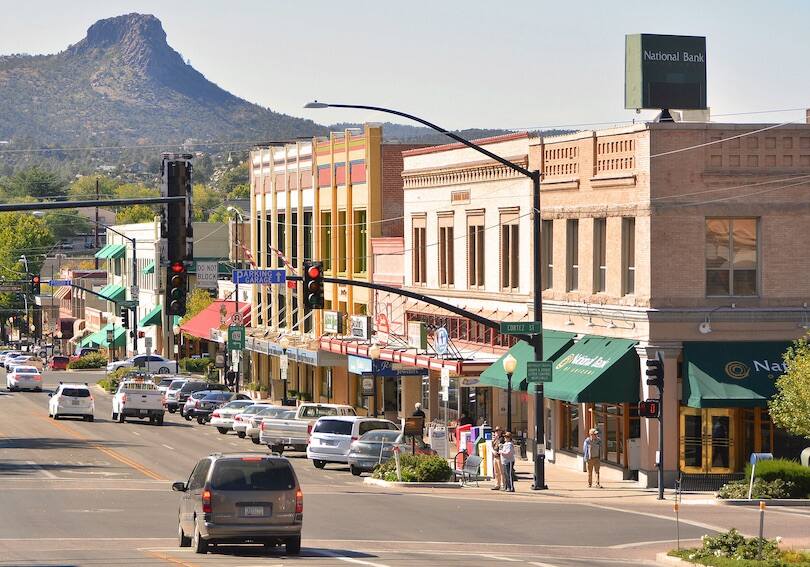
Prescott was founded in 1864 as a mining town during a gold rush in the surrounding area. The same year, it became the capital of the Arizona Territory. In 1867, Prescott was replaced by Tucson, but the capital was again moved to Prescott in 1877. It remained the territorial capital until 1889, when Phoenix became the capital.
During this time, it was known for its rough-and-tumble Wild West atmosphere and was home to several saloons, brothels, and gambling establishments. In addition, the town was a hub where campaigns against native Americans used to be operated.
The makeshift wooden town experienced a series of devastating fires in the early 1900s, which destroyed much of its early architecture. Finally, the city authority rebuilt the town with brick.
Did you know?
Downtown Preston houses The Palace, the oldest restaurant and bar in the state.
4. Mesa
Incorporated: 1883
County: Maricopa
Area: 138.70 sq mi
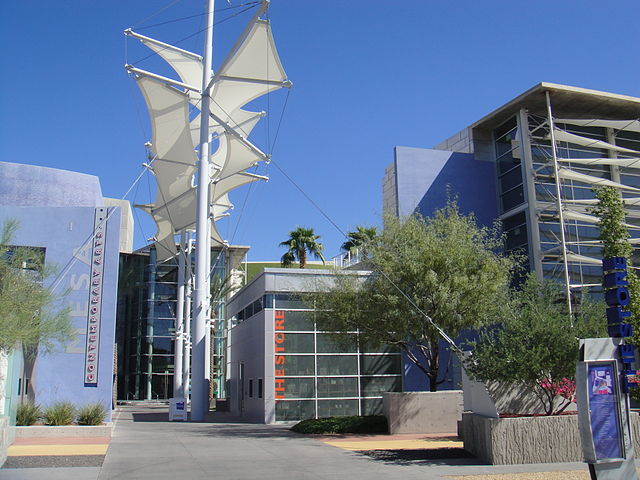
The Hohokam people originally inhabited the area where the City of Mesa is now situated. They lived in the area for centuries before the European settlers arrived.
In March 1877, Daniel Webster Jones and Henry Clay Rogers arrived from Utah and settled on the northern side of present-day Mesa. Initially, the settlement was known as Fort Utah. Soon, Jones and Rogers were followed by other settlers who established farms and ranches.
In July 1878, Mesa was registered as a town of a 1-sq-mile area. Five years later, it was incorporated as a city with 300 population.
Mesa is known for its strong economy, diverse neighborhood, and rich cultural heritage. It is home to many notable institutions, including Arizona State University Polytechnic, Upper Iowa University, Benedictine University, and the Mesa Arts Center.
Did you know?
In 2020, the US Census Bureau described Mesa as the most conservative American city.
3. Tombstone
Incorporated: 1881
County: Cochise
Area: 9.25 sq mi
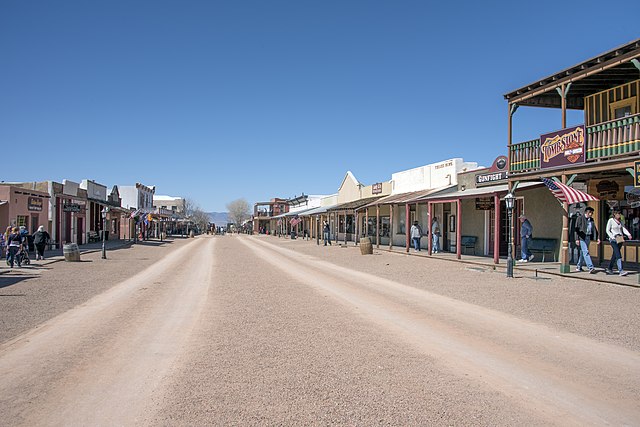
Tombstone was founded in 1879 by Edward Lawrence Schieffelin, an Indian scout and prospector. He discovered silver in the Arizona Territory and established the town on the Goose Flats above the Goodenough Mine.
The town grew rapidly, and within two years of its establishment, it had two banks, one school, four churches, bowling alleys, gambling halls, dance halls, and brothels. In seven years, the population grew from 100 to 14,000. The city was officially incorporated in 1881.
Today, Tombstone is considered one of the best-preserved frontier towns in the American West. It is a popular tourist destination, with several preserved buildings, museums, and historic sites, including the Bird Cage Theatre, the original courthouse, and the Boothill Graveyard.
Did you know?
When Schieffelin was looking for valuable ores in this area, his friend and a fellow scout AI Sieber told him, “The only rock you will find out there will be your own tombstone,” as the area was considered dangerous. Thus, Schieffelin named the city Tombstone.
2. Phoenix
Incorporated: 1881
County: Maricopa
Area: 518 sq mi

Human settlement within the boundaries of present-day Phoenix was established in 1867. Jack Swilling, a Confederate veteran of the American Civil War, lived in Wickenburg, then a newly formed mining town.
Swilling thought the area near the confluence of Salt and Gila Rivers would be great for farming and supplying food to Wickenburg. With this in mind, he formed the Swilling Irrigation and Canal Company in 1867. He dug a canal and erected many crop fields in the area. Soon, other settlers began to come and start farming in the area.
In February 1881, the city of Phoenix was officially incorporated. Currently, it is the most populous city in Arizona. It is also the most populous state capital in the US.
Did you know?
The name Phoenix was suggested by Phillip Darrell Duppa, who built the first residential house in this area. The city was built on the ruins of an ancient civilization; thus, it was named after the mythical bird that rises from its ashes.
1. Tucson
Incorporated: 1877
County: Pima
Area: 240.99 sq mi
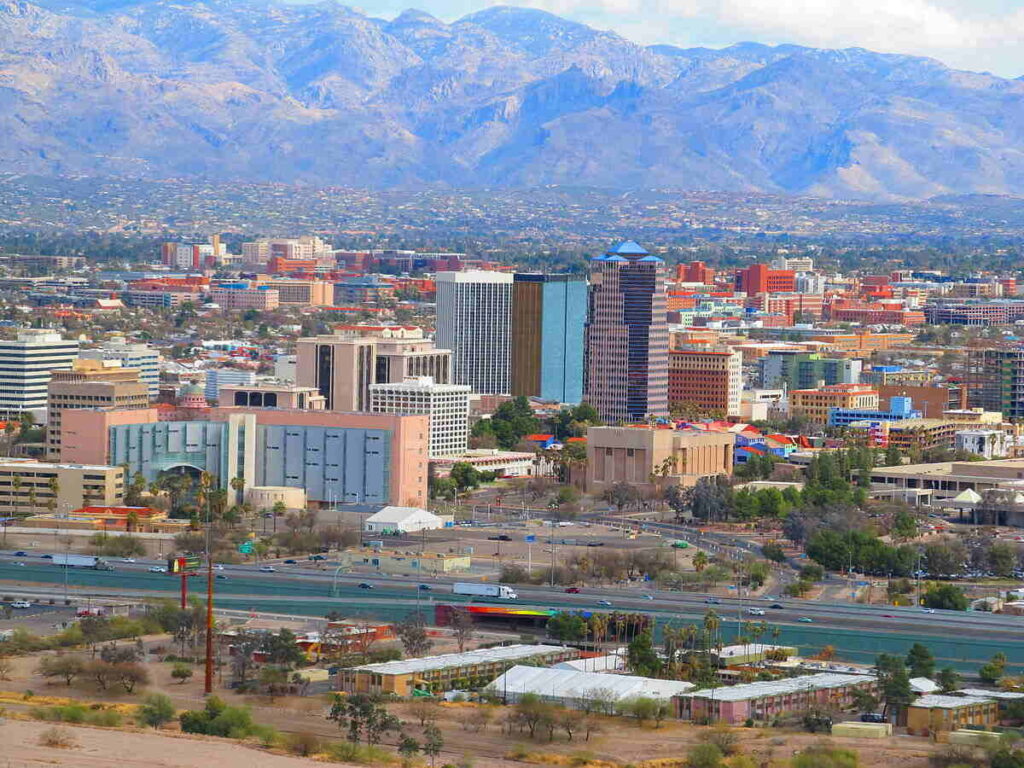
Tuscon is the oldest town in Arizona. It was the first town to be incorporated in this state. The history of Tuscan goes back to 1775 when Spanish soldiers came to this area and constructed a military fort.
It became a part of Mexico after Mexico’s independence from Spain in 1821 and was included in the state of Sonora. In 1854, Tuscan was ceded to the United States as part of the Gadsden Purchase. The city served as the capital of Confederate Arizona during the American Civil War.
Tuscan is now the second largest city in Arizona and is home to the University of Arizona. The city is known for its warm and sunny weather and rich cultural diversity.
Did you know?
The fort in Tucson built by Spanish soldiers was named Presidio San Agustín del Tucsón. After the region came under US control, the fort’s original walls were dismantled. \











